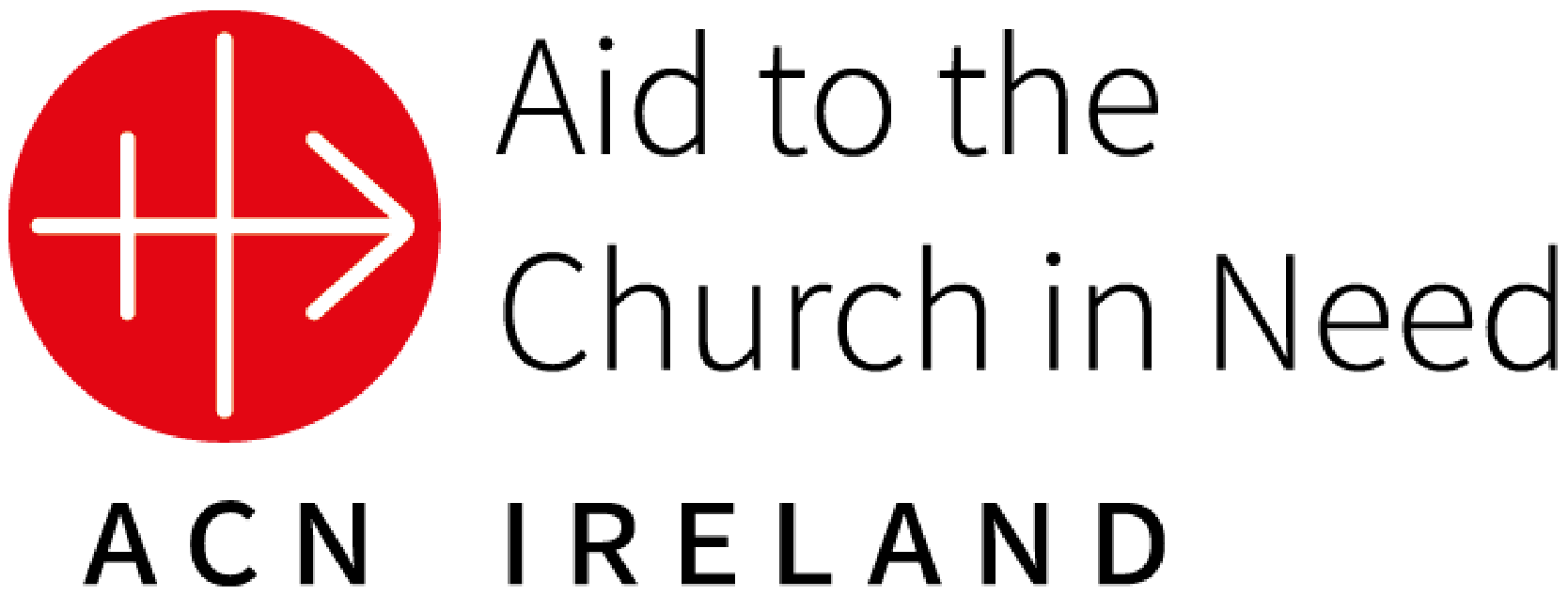Challenges facing the Church in Latin America
Latin America is the most Catholic region of the world. The Church in the region is facing challenges. ACN is determined to support the Latin American Church.
By ACN Staff
Bishop José Libardo Garcés Monsalve of the Diocese of Málaga–Soatá, Colombia, visiting a parish. (Credit: Aid to the Church in Need)
Latin America is the most Catholic region of the world. There are nearly 500 million Catholics in Latin America, accounting for around 44% of Catholics in the world. If we consider the Hispanic population in North America, then about half of the Catholics in the world originate from Latin America or have Latin American ancestry. Rafael D’Aqui, head of one of the Latin America sections in Aid to the Church in Need (ACN), spoke about how dynamic the Church in Latin America is:
Young Catholics in Argentina. (Credit: Aid to the Church in Need)
“Catholics in Latin America are a living, passionate and dynamic community, with great respect for human dignity, highly valuing the family and having a profound sense of community. All these things are very positive. Such Christian values, as the search for the common good and the well-being of all, especially of the poorest and most vulnerable in society, are very much present among this community.”
Despite its strength, the Church in Latin America is facing new challenges. There are major issues with poverty in the region and violent crime. One of the newer challenges in the region in shifting settlement patterns. There is currently a rural exodus throughout Latin America, that is bring new challenges to the Church. In Peru for example, many young Peruvians are moving from the countryside to towns and cities. This brings dangers such as the loss of cultural roots, breaking up families and the danger of drug addiction.
Misioneras de Jesús Verbo y Víctima in Bolivia. (Credit: Aid to the Church in Need)
These changes are a challenge to the Church. The Church has to be able to respond to the unique needs of rural exodus and also more practical considerations like making sure that there are enough parishes and churches in growing urban areas. Rafael D’Aqui explains further:
“If the urbanisation is so rapid that the Church is unable to build a place of worship in the beginning, then undoubtedly it will be still more difficult afterwards to provide the people with a place to practice their faith.”
Rafael D’Aqui further elaborate by using Bolivia as an example:
“The capital La Paz, for example, which is situated high in the Andes at an altitude of almost 12,000 feet (3600 m), had a population of 766,468 in 2012. But now it has over 1 million inhabitants, owing to the influx of people from the indigenous villages in the rural areas. There is an urgent need for more priests, and for this reason ACN is very much open to the requests from the dioceses affected, in particular for the formation of future priests.”
Bishop Jorge Solórzano Pérez of the Diocese of Granada, Nicaragua. (Credit: Aid to the Church in Need)
Another big practical issue to face the Church in Latin America is the vast geographical scale of many of the dioceses. For example, in Brazil the Diocese of Óbidos in the Amazon is about twice the size of Portugal. The diocese has seven parishes and four mission zones, of which only one is accessible by road from the regional capital. The region is also very poor and the Church there is reliant on support from ACN to help with transportation and also support priests and seminarians.
Many have noted the growth of various sects in Latin America in recent decades. This has happened partly because the Church faces logistical difficulties in covering the large geographical area and minister to growing urban areas. Despite these troubles, the Latin American Church is one of the most solid pillars of support for the Catholic Church globally. The continent produces a large number of vocations, and many missionaries in Europe and Africa are Latin American clergy. It is therefore vital for ACN to continue our support of the Latin American Church.




